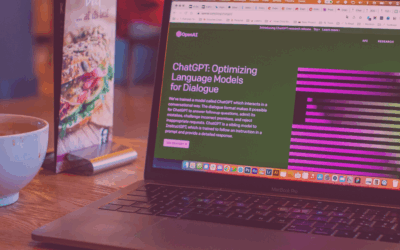What Are Local Links?
Local links are hyperlinks that point to your website from other websites within your local geographic area. These can be internal links from pages within your own site or external links from other local sites. They play an important part in local SEO strategies, helping your business gain visibility in local search results.
Importance of Local Links
Local links signal to search engines that your website is relevant to a specific geographic area. This boosts your local search rankings, making it easier for potential customers in your vicinity to find you. Local links also help build your business’s authority and credibility within the community, driving more targeted traffic to your site.
Types of Local Links
Internal Local Links
Internal local links are links that connect different pages within your website. These links help search engines understand the structure of your site and the relationships between your pages. They also keep visitors engaged by guiding them to relevant content, which can reduce bounce rates and improve user experience.
External Local Links
External local links come from other local websites that link back to your site. These links help build your site’s authority and boost local SEO. When reputable local websites link to your content, it signals to search engines that your site is a trusted source of information within the community.
Best Practices for Local Link Building
Relevancy of Local Links
Be sure that the links you acquire are from websites relevant to your industry and local area. This enhances your site’s crediblity and improves its rankings in local search results. Focus on building relationships with local businesses, organizations, and influencers to secure relevant local links.
Quality of Local Links
Not all links are created equal. High-quality local links from authoritative and reputable websites carry more weight than links from lower-quality sites. Aim to earn links from well-established local businesses, news outlets, and community organizations. High-quality links enhance your site’s trustworthiness and can lead to better search engine rankings.
Diversity of Local Links
A varied mix of links from different types of local websites – like blogs, business directories, and news sites – creates a natural and robust link profile. This diversity helps protect your site from algorithm updates and makes your link building efforts seem more organic and credible to search engines.
Tools for Local Link Analysis
Google Search Console
Google Search Console is an essential tool for analyzing your local links. It provides insights into your site’s link profile, showing which local websites are linking to you and how these links impact your search performance. Use this tool to monitor your backlinks and identify opportunities for acquiring more local links.
Moz Link Explorer
Moz Link Explorer offers comprehensive link analysis features to help understand your local link profile and explore the quality and relevance of the links pointing to your site. Moz Link Explorer also provides valuable metrics, like domain authority, to help you assess the strength of your local links.
Ahrefs
Ahrefs is another powerful tool for local link analysis. It offers detailed reports on your backlinks, including the sources of your local links and their quality. Ahrefs also provides competitive analysis features, enabling you to see where your competitors are getting their local links and identify potential opportunities for your link building efforts.
Conclusion
By understanding the types of local links and following best practices for relevancy, quality, and diversity, you can boost your site’s visibility and authority in local search results. Utilizing tools like Google Search Console, Moz Link Explorer, and Ahrefs will help you monitor and improve your local link profile.



